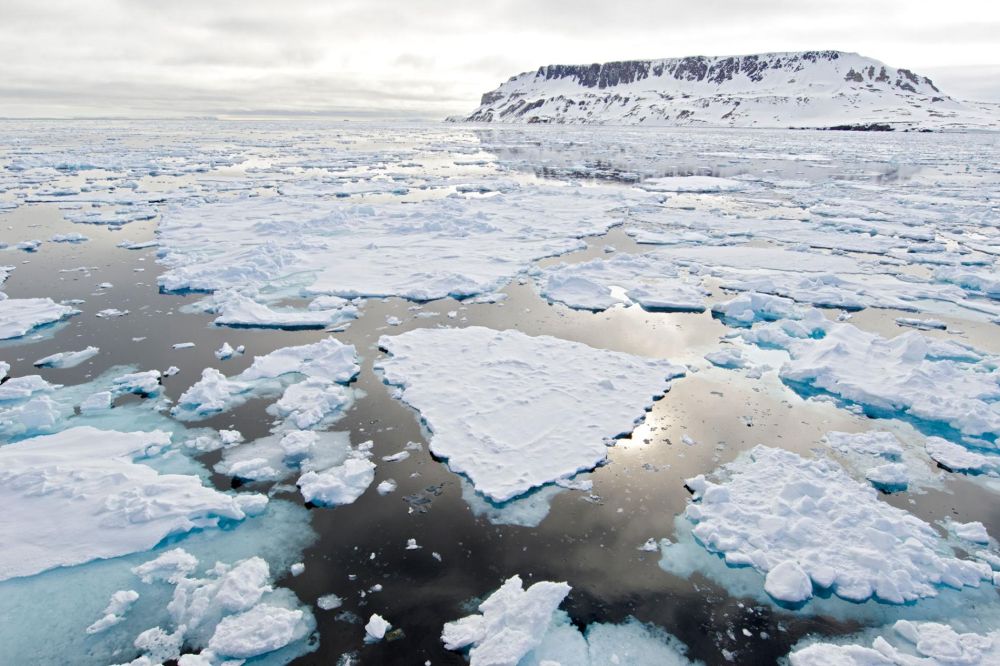Changing Climate is Drastically Transforming Arctic in Warmer Region
The climatic changes have turned our outlook on the world and how our actions are leading the planet to its doom. The US scientists have recently stated that extreme wildfires, unparalleled warm temperatures, and record snow melt together in 2020 has resulted in a drastic transformation of the Arctic to a warmer region.
The annual report from the National Oceanic and Atmospheric Administration (NOAA) revealed that average annual land surface air temperatures in the Arctic for October 2019 to September 2020 were the second-highest since record-keeping began in 1900.

Image: Rich Reid/National Geographic
In the oceans, the end of summer sea ice level in 2020 was the second-lowest in the 42-year satellite record, with 2012 being the documented minimum year. August mean sea surface temperatures in 2020 were 1-3 Celsius warmer than the recent average, with uncommonly warm temperatures in the Laptev and Kara seas north of Russia.
An unusually warm spring in Siberia resulted in the lowest June snow level across the Eurasian Arctic documented in the past 54 years, while wildfires in the Sakha Republic of northern Russian coincided with incomparable warm air temperatures and extreme snow loss in the region.
The 2020 Arctic minimum sea ice level in September was the second-lowest in the recorded history of satellite documentation. The overall thickness of the sea ice cover is also declining as Arctic ice has changed dramatically from an older, thicker, and stronger ice mass to a younger, thinner more fragile ice mass in the past decade, which the NOAA report has called the rate of change alarming and extraordinary.
The authors of the study said,
Climate change continues to disrupt the polar region, with second-highest air temperatures and second-lowest summer sea ice driving a cascade of impacts. While sometimes referred to as ‘the new normal’, in reality, most parts of the Arctic environmental system are continuing to change very rapidly.
The report was compiled by 133 scientists from 15 countries and it reflects on an alarming year for the region, the state of which is seen as a crucial indicator of the rate at which the climate is changing. Rapid warming in the Arctic region could result in dire consequences for the rest of the world. For instance, the Greenland ice sheet alone holds enough water to raise the global sea level by 7.4 meters.
Taken as a whole, the story is unambiguous. The transformation of the Arctic to a warmer, less frozen and biologically changed region is well underway. Because the Arctic changes are intimately tied with ice and snow changes, and these are positive feedback loops, this is not something that can be reversed with one cold winter (multi-year ice takes, well, multiple years to grow). It would take generations for ‘frozen Arctic’ like the, say, 1960s to return, and some things, like permafrost in some areas, would take far longer to regrow.
Said Rick Thoman, Alaska Climate Specialist with the International Arctic Research Center, and one of three editors of this year’s report card.
Meanwhile, Pacific Arctic bowhead whale numbers have recovered in the past 30 years, owing to an increase in both local plankton flourish and transport of increased krill along with other food sources northward through the Bering Strait – even if this is a signal of long-term warming in the Arctic Ocean.


